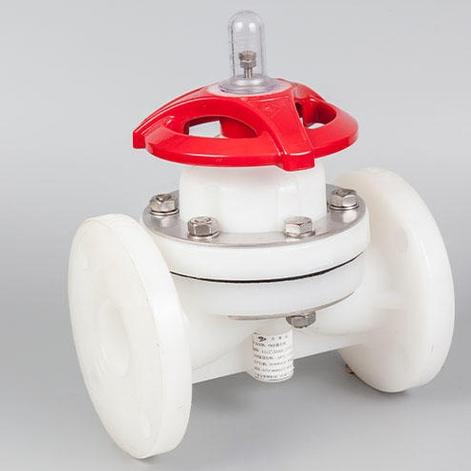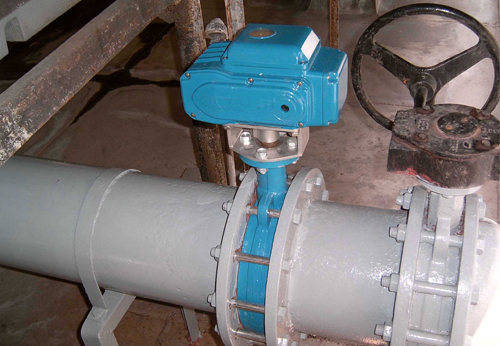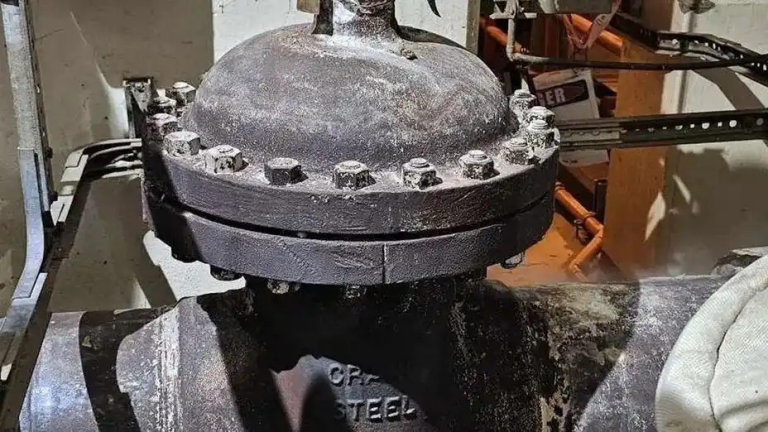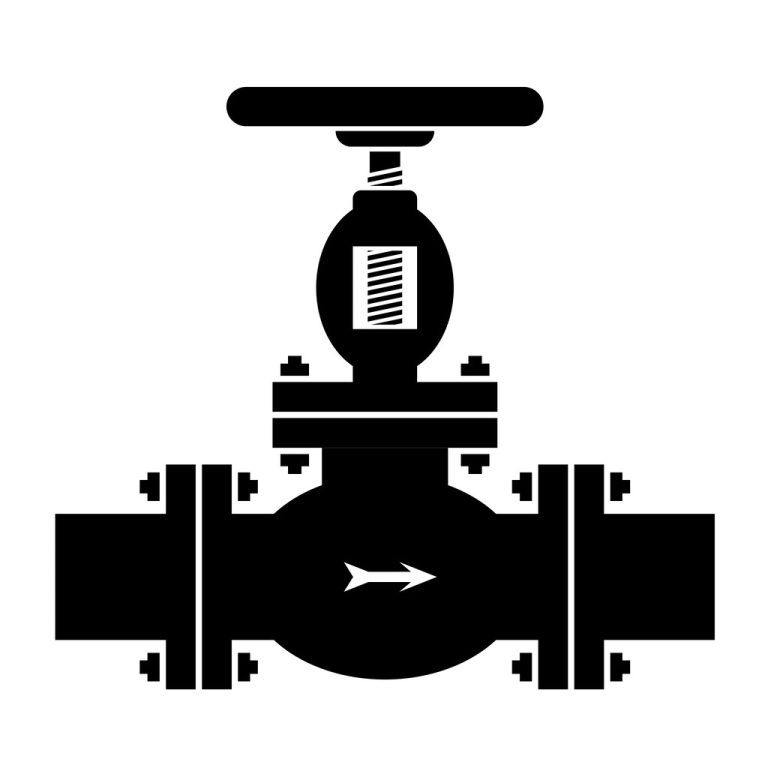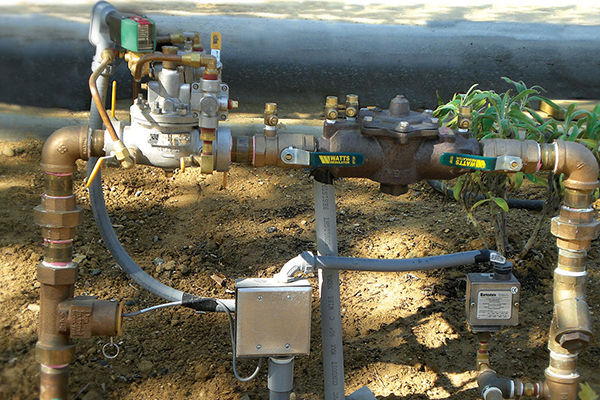A Comprehensive Introduction to Cryogenic Valves.
What is a cryogenic valve?
A cryogenic valve is designed for media with temperatures ranging from -40°C to -196°C. It is primarily used in ethylene plants, LNG liquefaction facilities, LPG/LNG storage tanks and terminals, air separation units, petrochemical tail gas separation equipment, cryogenic storage tanks and tankers for liquid oxygen/nitrogen/argon/carbon dioxide, pressure swing adsorption oxygen generators, and other similar applications.
Just like other common acuated valves they have the following driving methods: manual, pneumatic, electric, or hydraulic. Since the cryogenic valves operate under cryogenic environment, some adaption in design is crucial.
- Cryogenic adaptation design:
◦ Long stem structure: Isolates the cryogenic zone from driving components to reduce cold transfer.
◦ Anti-brittleness materials: Austenitic stainless steel, nickel-based alloys, and other low-temperature tough materials.
◦ Seal compensation: Pre-tightened sealing structure to compensate for leakage caused by low-temperature shrinkage.

Structure Components.
- Body: It is the main pressure-bearing part, made of cryogenic-resistant materials (e.g., 316L stainless steel).
- Bonnet: With thermal insulation or vacuum jacket to reduce cold loss.
- Stem: Length extended design with low thermal conductivity materials (e.g., Inconel 718).
- Seal:
◦ Primary seal: Metal hard seal (e.g., Stellite) or soft seal (PTFE).
◦ Secondary seal: Flexible graphite or spring-loaded seals. - Packing box: Multi-layer flexible graphite packing to maintain elasticity at low temperatures.
- Actuator: Gearbox or cylinder, some with electric heating for anti-freezing.
Types of cryogenic valves.
Common types include cryogenic ball valves, gate valves, globe valves, safety valves, check valves, butterfly valves, needle valves, throttle valves, pressure relief valves, etc. Here is an overview of 6 common types of cryogenic valves.
Cryogenic globe valve.
◦ Used to cut off or regulate cryogenic media (e.g., LNG, liquid nitrogen, liquid oxygen).
◦ Features: Good sealing performance but high pressure loss.
Cryogenic ball valve.
◦ Controls media flow via ball rotation.
◦ Features: Low flow resistance, fast operation, suitable for high-pressure cryogenic environments.
Cryogenic butterfly valve.
◦ Opens/closes via a disc-shaped valve plate rotation.
◦ Features: Compact and lightweight, but poorer sealing than ball valves.
Cryogenic gate valve.
◦ Controls flow via gate lifting.
◦ Features: Low resistance when fully open, but sensitive to temperature changes.
Cryogenic check valve.
◦ Prevents media backflow.
Cryogenic safety valve:
◦ Automatically relieves overpressure to protect the system.
Functions and performance.
- Sealing: Helium mass spectrometer leak rate ≤10⁻⁶ mbar·L/s.
- Cryogenic resistance: Operating temperature range -269°C (liquid helium) to +200°C.
- Operating torque: Fluctuation ≤15% at low temperatures (requires cryogenic-resistant lubricant).
- Safety: Fireproof (API 607 certified), anti-static (resistance <10Ω).
Key technologies in cryogenic valves process.
To enhance the performance and ensure the reliability of cryogenic valves, the key lies in the precise control of the following process aspects:
- Material technology:
◦ Anti-low-temperature brittleness: Austenitic stainless steel (316L, 304L), nickel-based alloys (Inconel 625, Monel).
◦ Seal materials: PTFE, graphite, metal bellows. - Thermal insulation technology:
◦ Vacuum-jacketed body (vacuum degree ≤10⁻³ Pa).
◦ Cold insulation design (polyurethane foam or fiberglass). - Long stem structure: Extended stem (LNG valve neck length ≥500mm) to reduce cold transfer.
- Cryogenic treatment: Components immersed in liquid nitrogen (-196°C) to eliminate internal stress.
What materials are used in cryogenic valves?
Metallic materials
| Component | Material Grade | Characteristics | Temperature Range |
| Body/Bonnet | 316L Stainless Steel | Corrosion resistance, low-temperature brittleness resistance | -196°C to +200°C |
| Inconel 625 | Ultra-low temperature toughness, hydrogen embrittlement resistance | -269°C to +400°C | |
| Stem | Monel K500 | High strength, corrosion resistance, low thermal conductivity | -196°C to +300°C |
| Sealing Surface | Stellite 6 (Cobalt-based Alloy) | Wear resistance, low-temperature impact resistance | -196°C to +800°C |
Non-metallic materials.
| Component | Material | Characteristics | Temperature Range |
| Seal Ring | PTFE (Polytetrafluoroethylene) | Low friction, chemical corrosion resistance | -200°C to +260°C |
| Packing | Flexible Graphite | Self-lubricating, low-temperature elasticity | -240°C to +600°C |
| Gasket | Expanded Graphite + Stainless Steel Spiral Wound | Pressure resistance, cold flow resistance | -200°C to +500°C |
Design and production considerations.
- Design key points:
- Stress calculation: Finite Element Analysis (FEA) to verify low-temperature shrinkage stress.
- Cold bridge avoidance: Thermal insulation gaskets between stem and actuator.
- Anti-static design: Conductive springs installed between stem and body.
- Material selection:
- Carbon steel prohibited (prone to cold brittleness); prioritize austenitic stainless steel or nickel-based alloys.
- Structure design:
- Body wall thickness calculated for low-temperature shrinkage stress (validated by ANSYS simulation).
- Avoid sharp transitions (fillet radius ≥3mm) to prevent stress concentration.
- Manufacturing processes:
- Welding: TIG welding, followed by cryogenic annealing (-196°C treatment).
- Post-welding inspection: X-ray (RT) and penetrant testing (PT).
- Seal surface machining: Surface roughness Ra ≤0.8μm, flatness ≤0.01mm.
- Cryogenic treatment: Parts immersed in liquid nitrogen (-196°C) before assembly to eliminate internal stress.
- Testing requirements:
- Ambient temperature test: 1.5× nominal pressure (PN) for 5 minutes.
- Cryogenic test: Sealing tested at rated pressure after liquid nitrogen immersion.
- Helium mass spectrometry leak detection: Rate ≤10⁻⁶ mbar·L/s.
Temperature ratings of cryogenic valves.
| Level 1 | Level 2 | Level 3 | Level 4 | Level 5 | Level 6 |
| 0~-46℃ | -47~-60℃ | -61~-70 ℃ | -70~-101 ℃ | -102~-196℃ | <-253 ℃ |
Liquefaction temperatures of common gases.
| Liquefied Gas | Boiling Point (°C) | Liquefied Gas | Boiling Point (°C) |
| Ammonia | -33.4 | Liquefied Natural Gas (LNG) | -161.2 |
| Propane | -45 | Methane | -163 |
| Propylene | -47.7 | Oxygen | -183 |
| Carbonyl Sulfide | -50 | Argon | -186 |
| Hydrogen Sulfide | -59.5 | Fluorine | -187 |
| Carbon Dioxide | -78.5 | Nitrogen | -195.8 |
| Acetylene | -84 | Neon | -246 |
| Ethane | -83.3 | Deuterium | -249.6 |
| Ethylene | -104 | Hydrogen | -252.8 |
| Krypton | -151 | Helium | -269 |
Reference table for stem length.
| Temperature (°C) | ≥-60 | ≥-100 | 〈-100 | |
| Nominal Diameter (DN) | Stem T(mm) | |||
| mm | in | |||
| 15 | 1/2 | 90 | 110 | 130 |
| 20 | 3/4 | 100 | 110 | 140 |
| 25 | 1 | 100 | 120 | 150 |
| 40 | 1 1/2 | 110 | 130 | 160 |
| 50 | 2 | 110 | 130 | 170 |
| 80 | 3 | 120 | 150 | 190 |
| 100 | 4 | 130 | 160 | 200 |
| 150 | 6 | 140 | 170 | 220 |
| 200 | 8 | 140 | 170 | 220 |
| 250 | 10 | 150 | 180 | 240 |
| 300 | 12 | 150 | 180 | 240 |
| 350 | 14 | 160 | 190 | 250 |
| 400 | 16 | 160 | 190 | 250 |
| 450 | 18 | 160 | 190 | 250 |
| 500 | 20 | 170 | 200 | 260 |
| 600 | 24 | 170 | 200 | 260 |



Advantages and cisadvantages comparison of common cryogenic valves .
| Type | Advantages | Disadvantages |
| Cryogenic Ball Valve | Small flow resistance, fast opening/closing, long service life | High cost, sealing surface prone to wear |
| Cryogenic Globe Valve | Good sealing performance, high adjustment accuracy | Large pressure loss, high opening/closing torque |
| Cryogenic Butterfly Valve | Lightweight, low cost, suitable for large diameters | Poor sealing performance, only applicable to low pressure (≤Class 300) |
| Cryogenic Gate Valve | Near-zero flow resistance when fully open | Sensitive to thermal deformation, complex maintenance |
Comprehensive comparison table of cryogenic valves.
| Parameter | Ball Valve | Globe Valve | Butterfly Valve | Gate Valve |
| Temperature Range | -196°C to +200°C | -196°C to +150°C | -100°C to +80°C | -196°C to +120°C |
| Sealing Class | ANSI Class VI | ANSI Class VI | ANSI Class IV | ANSI Class IV |
| Operating Torque | Low (≤50 N·m) | High (≤200 N·m) | Medium (≤80 N·m) | Medium (≤100 N·m) |
| Cost (USD) | High (5,000~20,000) | Medium (3,000~10,000) | Low (1,000~5,000) | Medium (2,000~8,000) |
| Pressure Rating | ≤6,000 psi | ≤2,500 psi | ≤600 psi | ≤1,500 psi |
| Typical Materials | 316L Body + Stellite Seal | Inconel 625 + PTFE Seal | 304 Stainless Steel + Graphite Packing | Monel Stem + Flexible Graphite Packing |
| Typical Applications | LNG Storage & Transportation, Liquid Hydrogen Systems | Liquid Oxygen Regulation, Cryogenic Laboratories | Liquid Nitrogen Tanks, Air Separation Plants | Large-Diameter LNG Pipelines |
Application scenarios.
- LNG Terminals:
◦ High-pressure ball valves (Class 600~900), cryogenic globe valves (for flow regulation). - Liquid Oxygen Storage Tanks: Globe valves (316L stainless steel + bellows seal), Inconel valves (-253°C), double seals for hydrogen embrittlement prevention.
- Aerospace Liquid Hydrogen Systems: Ultra-cryogenic ball valves (Monel alloy + vacuum jacket).
- Air Separation Units: Butterfly valves (large-diameter liquid oxygen pipelines, requiring degreasing).
Application recommendations.
- Ultra-low temperature (<-196°C): Prioritize ball valves or globe valves (Inconel-series materials).
- Large-diameter low pressure: Butterfly valves (cost-effective).
- Frequent operation: Ball valves (service life up to 100,000 cycles).
When selecting cryogenic valves, comprehensive considerations must be given to specific operating conditions (such as medium, temperature, pressure, flow parameters) and installation/maintenance requirements to ensure the valves operate safely and stably in low-temperature environments.

